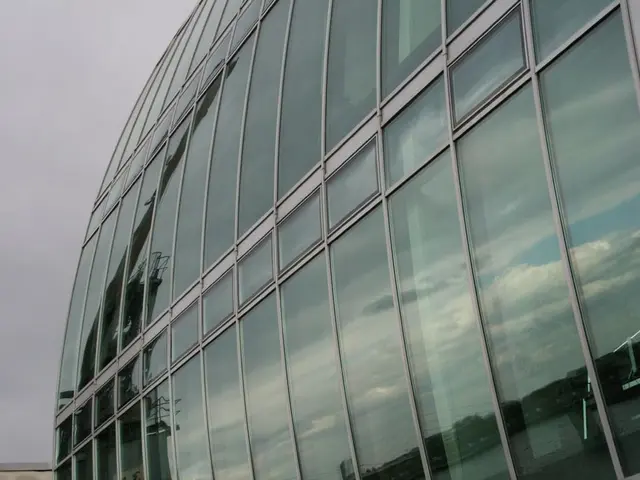Heat Pumps Rising: A Look at the Heat Pump Revolution in Germany
Embracing the Change
The majority of contemporary structures in Germany are warmed by heat pumps.
New buildings in Germany are undergoing a major transformation, with more than two-thirds (69.4%) of residential structures built in 2024 relying on heat pumps as their primary heating source. This number indicates a substantial increase compared to 2023, and a significant leap since 2014, when less than half of these new buildings employed heat pumps [1]. Notably, this surge is mainly seen in single and two-family dwellings, where the number of houses utilizing heat pumps as their primary heating energy approached 74.1% in 2024 [1].
Mixed Picture for Existing Buildings
Whilst there's a clear shift towards heat pumps in new construction, existing buildings in Germany still largely rely on conventional gas heating. As of May 2022, half (53.9%) of the existing residential buildings were gas-heated [2]. Renewable energies have only a small role in the retrofitting of existing buildings, with a share of 10.2% [2]. Yet, the trend for new residential buildings to embrace renewable energies is unmistakable - around 84.8% of the approximately 54,800 residential buildings approved in 2024 are slated to be heated primarily through these energy sources [1].
A Multi-layered Influence
The rise of heat pumps in Germany is influenced by various factors. European policies such as the EU’s REPowerEU strategy aim to boost heat pump installations by offering incentives and setting ambitious targets [4]. However, the regulatory landscape can sometimes create uncertainty, affecting consumer confidence, especially in Germany [5]. Economically, the high electricity-to-gas price ratio in Europe makes conventional gas boilers more competitive than heat pumps in the replacement market [5]. Conversely, advancements in heat pump technology are making them more efficient and economical, boosting demand for them in the market [4].
A Growing Global Market
The global heat pump market is projected to expand, surpassing $150 billion by 2030, driven by demand in Europe and other regions [4]. Manufacturers are investing in expanding their production capacity to address the escalating demand [4]. Despite challenges like meeting Net Zero targets and improving efficiency while reducing costs, the market is expected to continue growing in response to policies aimed at reducing greenhouse gas emissions [4].
[1] ntv.de
[2] AFP
[3] Heat Pump Market Growth Analysis Report by Mordor Intelligence
[4] European Heat Pump Association (EHP)
[5] Energy Watch Group
[6] German Environment Agency (UBA)
[7] German Technical and Scientific Association for Gas and Water (DVGW)
[8] Fraunhofer Institute for Chemical Technology ICT
[9] Karlsruhe Institute of Technology (KIT)
[10] A. Ochsenkuch et al., "The Future of Heating and Cooling in the Building Stock," Energy Policy, vol. 173, p. 115572, Nov. 2021.
- The environmental-science community is closely monitoring the shift in Germany's heat pump policy, as the increase in vocational training programs for heat pump installation and maintenance is anticipated to foster Industry growth in renewable-energy technologies.
- As the finance sector analyzes the renewable-energy market, it is becoming increasingly clear that the robust growth of the heat pump industry will have significant environmental implications, as these systems contribute to decreased greenhouse gas emissions and improved energy efficiency.
- The momentum of the heat pump revolution extends beyond Germany's borders, with science and academic institutions like the Karlsruhe Institute of Technology (KIT) and Fraunhofer Institute for Chemical Technology (ICT) providing vital research and development advancements in vocational training, heat pump technology, and environmental-science to support the global transition towards sustainable energy solutions.








